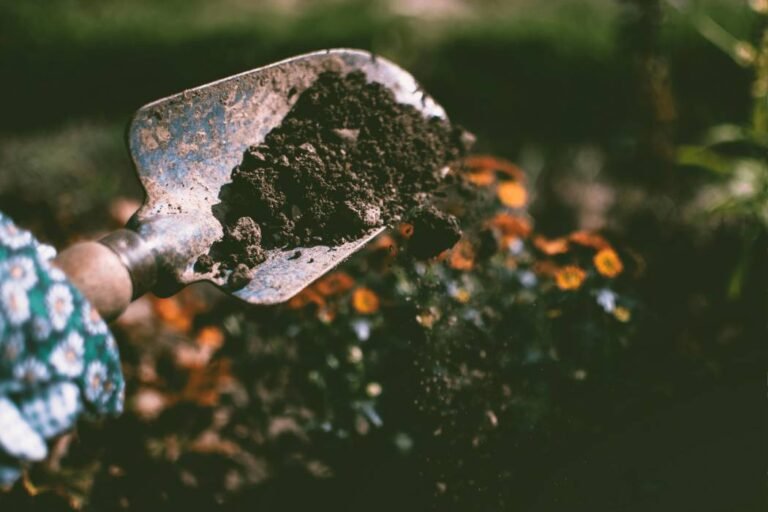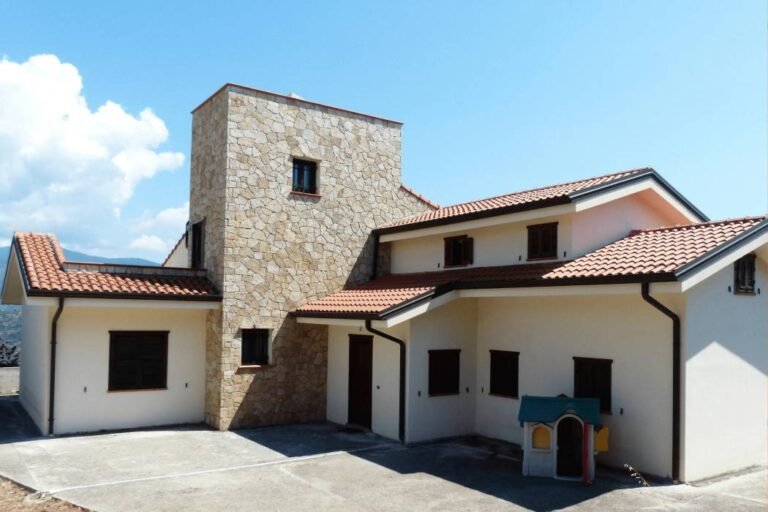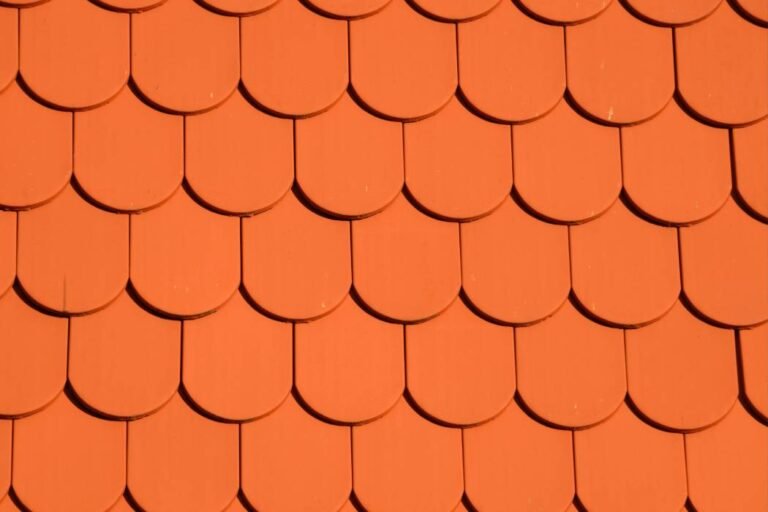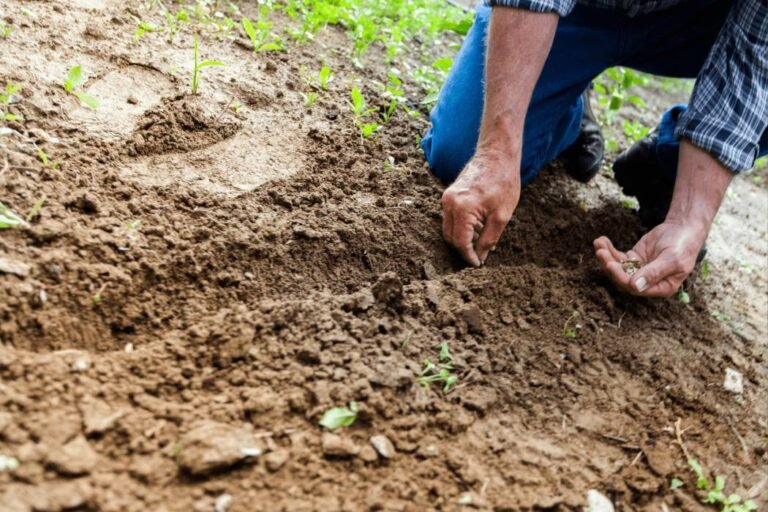If you’re looking to make your home or office more eco-friendly, choosing the right flooring is a smart move. Choosing eco-friendly flooring not only reduces your carbon footprint but also creates a healthier indoor environment. By going for sustainable materials, you ensure that your choices are contributing to a greener planet. Whether you’re building a new home or remodeling a room, it’s essential to consider the environmental impact of your flooring choices. Let’s explore some of the best eco-friendly flooring options available today, focusing on sustainability, durability, and design.
What to Look for in Eco-Friendly Flooring
When choosing flooring, keep these factors in mind:
- Materials: Look for flooring made from natural and renewable resources. Check if the materials come from sustainable sources or if they include recycled content.
- Life Cycle: Opt for flooring that lasts a long time. Frequent replacements can be bad for the environment, especially if the flooring isn’t biodegradable.
- Toxicity: Avoid flooring with harmful chemicals or high levels of volatile organic compounds (VOCs). These can affect both indoor air quality and the environment during manufacturing.
Top Eco-Friendly Flooring Options
Here are some great eco-friendly flooring choices:
Bamboo Flooring
Bamboo is a popular choice for eco-friendly flooring because it grows quickly—usually in just three to five years—compared to hardwood trees that take decades. It offers the beauty and durability of hardwood with a similar look and feel. However, be aware that bamboo often travels from tropical regions, which can increase its carbon footprint.
Cork Flooring
Cork comes from the bark of the cork oak tree, which regrows within three years without cutting down the tree. Some cork flooring is made from recycled wine corks. Cork is naturally resistant to mold, mites, and allergens, making it a great choice for improving indoor air quality.
Linoleum Flooring
Linoleum is made from natural materials like linseed oil, tree resin, and cork dust, which makes it renewable and biodegradable. Unlike vinyl, linoleum doesn’t emit harmful VOCs. It’s also durable and resistant to fire and moisture. Modern linoleum comes in various colors and designs to suit different tastes.
Recycled Materials Flooring
Using recycled materials for flooring is another excellent eco-friendly option. Floors made from reclaimed wood, recycled glass, or PET carpet help reduce waste. Reclaimed wood offers a beautiful, natural look while saving trees, recycled glass can add a unique touch to your floors, and PET carpet made from recycled plastics is both durable and strong.
Engineered Hardwood Flooring
Engineered hardwood combines a real wood veneer with a core of plywood, which often contains recycled materials. This type of flooring uses fewer slow-growing hardwood trees and has lower VOC levels, especially when finished with eco-friendly products. It’s a durable and attractive option that’s kinder to the environment.
Hemp Flooring
Hemp is a fast-growing plant that requires no pesticides or chemical fertilizers. It’s durable, biodegradable, and a great sustainable choice. However, hemp flooring can be more expensive and is not as widely available as other options.
Eco-Friendly Carpets
Carpets can also be eco-friendly. Modern carpets are often made from recycled materials and can last for decades. Wool carpets are biodegradable and naturally insulate rooms, which can lower heating costs. They also trap dust and allergens, improving air quality in your home.
Additional Eco-Friendly Options
Luxury Vinyl Tiles (LVTs) and SPC Rigid Boards
LVTs and SPC rigid boards are known for their durability and low maintenance. They resist water damage and offer some insulation, helping maintain room temperature. When choosing these options, look for those with low VOC levels to ensure they’re eco-friendly.
Wood-Look Laminates
Wood-look laminates provide an affordable alternative to real wood. They mimic the appearance of natural wood and are easy to replace if damaged. They use fewer natural resources compared to traditional hardwood and are a good choice for saving both money and the environment.
Artificial Grass
For outdoor areas, artificial grass is a sustainable choice. It doesn’t need water, fertilizers, or pesticides, making it a great way to conserve water and reduce chemical use. It also requires minimal maintenance and stays green year-round.
No-Vinyl Tile Flooring
Traditional vinyl tiles are often made from PVC, which isn’t very eco-friendly. New PVC-free tiles offer the same durability and waterproof benefits without the environmental drawbacks. They use materials like urethane or polypropylene, which are less harmful to the environment.
Recycled Materials
Floors made from recycled materials such as glass or metal can add a unique look to your home. These materials are repurposed from what would otherwise end up in landfills, helping to reduce waste and create beautiful, sustainable flooring.
Choosing Eco-Friendly Installation and Maintenance
Sustainable flooring isn’t just about the materials; it also includes installation and upkeep:
- Adhesives: Choose adhesives with low or no VOCs to maintain good indoor air quality.
Maintenance: Regular cleaning with non-toxic products helps extend the life of your flooring and keeps the environment safe.






